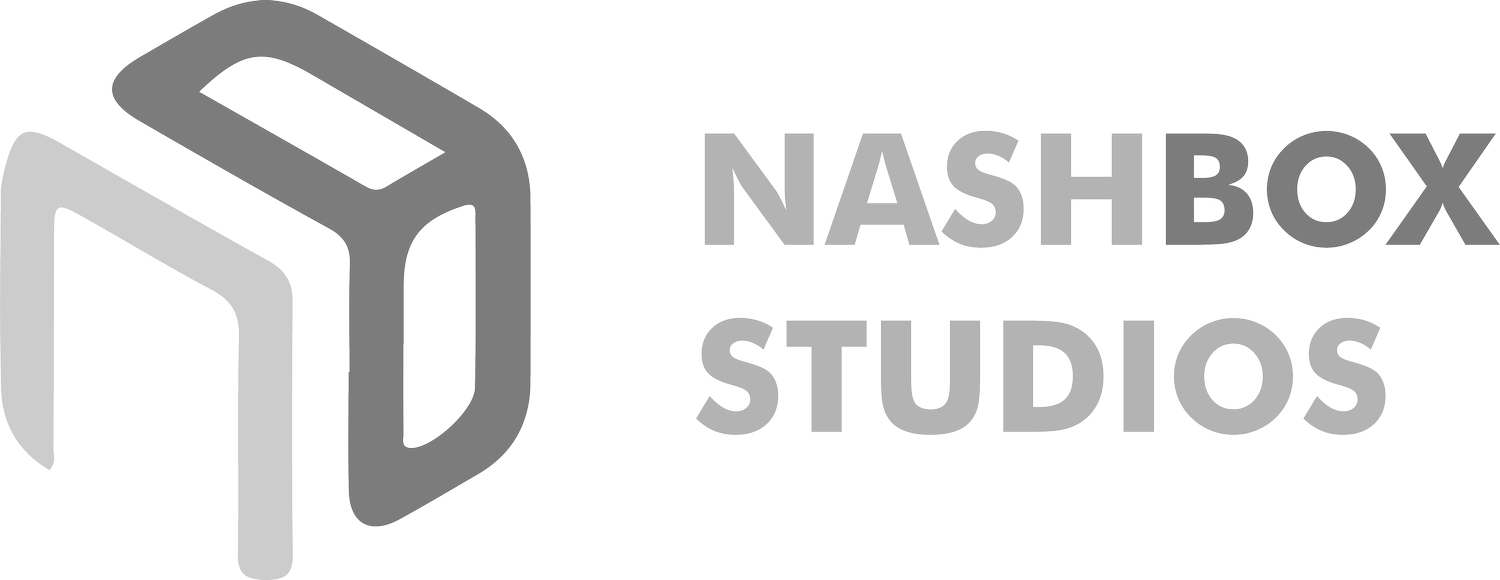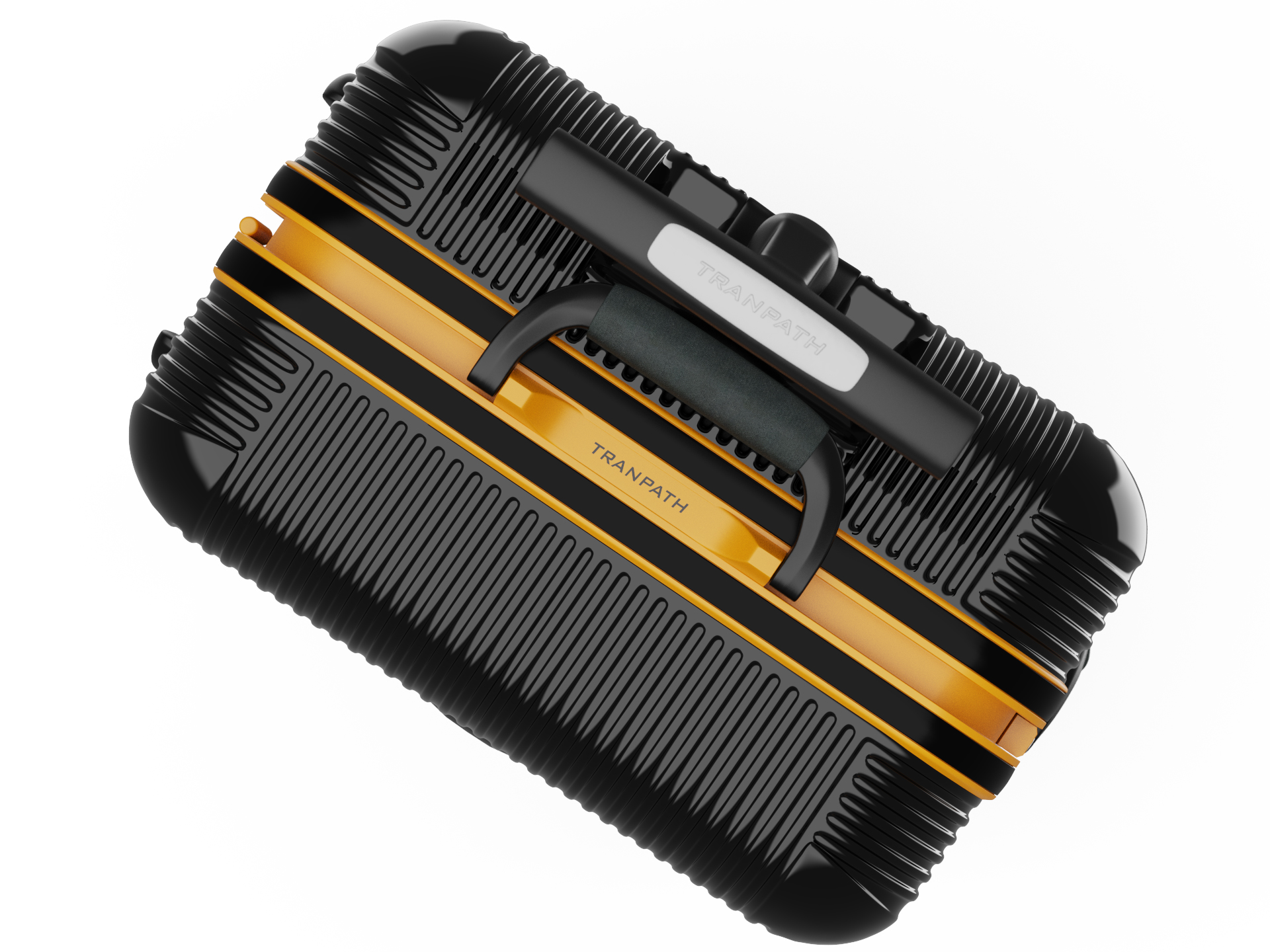I am an engineer - first by education, second by work experience, and then I have some skills to make do. My first job out of college had to do with mechanical design engineering. I quickly realized that I didn’t pay enough attention to classes related to mechanics and strength of materials and sooner or later my lackadaisical attitude during school will show in my work. Someone told me about industrial engineering and supply chain management, and said ‘you still get to keep the pride of being an engineer while being no good at it.’ Jackpot!
So I came to the US to study IE. Some people called us ‘Instead of Engineers’. Rightfully so I suppose, even though we are the ones who design production lines, improve efficiencies and have one of the highest job satisfaction percentages in the engineering world.
The Digital Rendering Process At Nashbox Digital
Fast forward to late 2016, I became a photographer. But while I left engineering, I still am an engineer in my thought process. As I delved more into the principles of photography, I thought ‘after all, digital photographs are made of electronic information similar to CAD models, so why can’t the models be converted into realistic images? Soon I discovered the solutions are available, but the awareness is limited. Our independent yet sister company Nashbox Digital was born out of the desire to let every ‘maker of great things’ avail these solutions.
The video explains well how we convert a 3D CAD model into a photorealistic image.
That’s right, we can generate images without using a camera. And while traditional photography is still relevant and will remain so for years to come, 3D renderings will be a helpful complimentary avenue. Below are some benefits of 3D renderings over photography.
You can get images before the product launched. This is a big advantage especially for startups who are trrying to crowdfund their products on websites like Kickstarter and Indiegogo. It reduces the risk of starting with manufacturing/production before testing the interest in the market.
You don’t need to ship your products or give up valuable floor space for photography.
The process is efficient and cost competitive. The overall pricing is as good, if not better than traditional photography.
360 spin photography, exploded views and videos are doable too!
Below are some renderings I have done recently. Visit Nashbox Digital to see some more of our digital renderings.
https://www.nashboxdigital.com/
—
Mayur is not a great engineer but a pretty decent product photographer & 3D rendering artist based in Nashville.










